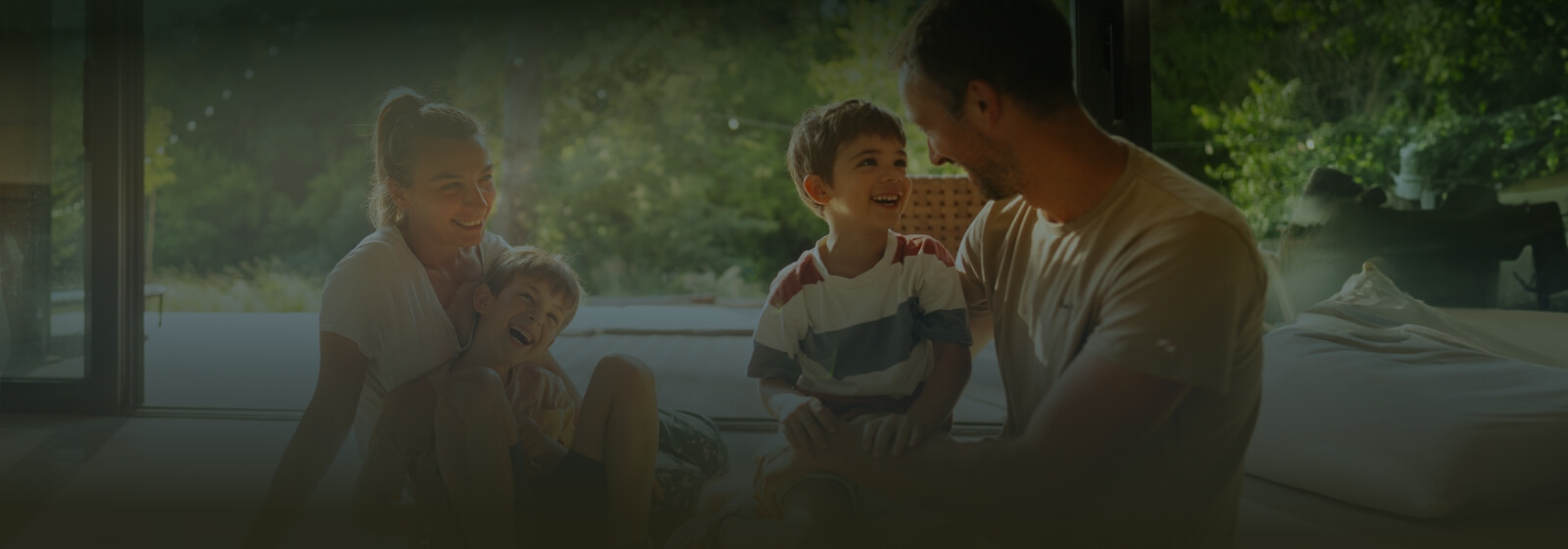A T-bone accident, also known as a side-impact or broadside collision, occurs when the front of one vehicle strikes the side of another vehicle, forming a “T” shape. These accidents typically involve one vehicle traveling straight while the other is crossing its path, often at intersections.
T-bone accidents can have devastating effects on those involved in the accident. If you or a loved one have been injured in a T-bone accident, contact our Castle Rock car accident attorney at Casares Injury Law to learn about your legal options. Call us today at (303) 688-7474 or contact us online to get started.
Meet Castle Rock T-Bone Accident Lawyer

When it comes to T-bone accidents, attorney Dale Casares at Casares Injury Law brings both legal experience and insider insurance knowledge to the table. These side-impact collisions often cause serious injuries, and Dale is dedicated to ensuring her clients get the medical treatment, expert evaluations, and financial recovery they need to move forward.
Before becoming an attorney, Dale worked as a claims adjuster and Injury Operations Manager at Progressive Insurance. This experience gives her a deep understanding of how insurance companies assess fault and value claims in side-impact crashes—knowledge she now uses to challenge lowball offers and fight for full and fair compensation for victims in Castle Rock.
Common Scenarios Leading to T-Bone Accidents in Castle Rock
- Failure to Yield the Right of Way: Drivers who ignore traffic signs or signals, such as stop signs or yield signs, may enter an intersection when it’s unsafe, leading to collisions.
- Red-Light Running: Vehicles speeding through a red light can collide with others crossing the intersection.
- Distracted Driving: Drivers texting, using a phone, or otherwise distracted may miss signs, signals, or other vehicles.
- Impaired Driving: Alcohol or drug impairment reduces reaction time and judgment, often resulting in severe accidents.
- Misjudging Gaps: Drivers may incorrectly estimate the time needed to cross or turn at an intersection, leading to side-impact crashes.
- Weather Conditions: Rain, fog, or snow can reduce visibility and traction, making it harder for drivers to stop in time.
- Mechanical Failures: Brake or steering failures can cause drivers to lose control, leading to accidents.
Consequences of T-Bone Accidents in Castle Rock
T-bone collisions often cause severe harm due to the lack of side-impact protection in vehicles compared to the front and rear. Injuries are often more severe for passengers on the side of the struck vehicle.
- Head and Brain Injuries: Concussions, traumatic brain injuries (TBI), or skull fractures from the impact or striking windows and doors.
- Neck and Spinal Cord Injuries: Whiplash, herniated discs, or spinal cord damage that can lead to partial or full paralysis.
- Chest and Abdominal Injuries: Broken ribs, internal bleeding, or damage to internal organs.
- Fractures and Broken Bones: Arms, legs, hips, or shoulders may be broken due to the force of the impact.
- Lacerations and Burns: Shards of glass, metal, or airbag deployment can cause cuts or burns.
- Fatalities: Due to the high-speed nature of many T-bone crashes, fatalities are tragically common, especially for those sitting on the impacted side.
Have you or a loved one have been injured in a Castle Rock T-bone accident?
Contact Us TodayLegal Implications and Rights of Castle Rock T-Bone Accident Victims
Determining fault in a T-bone accident is a critical legal step often involving multiple factors. Traffic law violations, such as failing to yield, running red lights, or ignoring stop signs, are common causes of these collisions and frequently assign clear liability to the at-fault driver. Evidence plays a vital role in establishing fault. Police reports often provide an initial assessment, while eyewitness statements and dashcam or traffic camera footage can offer additional clarity and support a victim’s claims.
In some cases, shared responsibility may come into play. Under Colorado’s modified comparative negligence laws, fault can be divided between the drivers involved, which affects the amount of compensation a victim can recover. However, it is important to note that under modified comparative negligence, if the victim is found to be 50% or more at fault they will be barred from recovering compensation.
Victims’ Rights to Compensation
Victims of T-bone accidents have several avenues for seeking compensation. Filing an insurance claim with the at-fault driver’s insurance is the most common route, covering medical expenses, property damage, and other losses. If the at-fault driver lacks adequate coverage, uninsured or underinsured motorist policies can provide additional financial support. In no-fault states, victims must initially file with their own insurance, although they may still pursue lawsuits for pain and suffering if the circumstances warrant.
If you have been hit by a driver with an inadequate amount of insurance, contact our Castle Rock underinsured motorist lawyer today.
When insurance claims are insufficient to cover the full extent of the victim’s losses, lawsuits for damages become necessary. Personal injury lawsuits allow victims to seek additional compensation for pain and suffering, emotional distress, and lost wages. For families of deceased victims, wrongful death lawsuits can help cover funeral expenses, loss of companionship, and financial support. In cases involving gross negligence, such as drunk driving, courts may also award punitive damages as a means of punishment and deterrence.
Understanding Personal Injury Damages
Personal injury cases and insurance claims center on “damages,” which are any impacts on a victim’s life resulting from an accident or injury. Compensatory damages are those that a victim seeks as compensation, which is further divided into two distinct, but equally important subcategories.
Economic Damages
Economic damages have a set and measurable dollar value associated with them, such as the cost of medical bills and treatment, the cost to repair or replace personal property, lost wages due to a victim’s inability to continue with their work, and much more. Calculating these damages is as simple as adding up the receipts and invoices, but knowing what can be included in this list, and having the attention to detail to identify each minor damage, takes a practical understanding of tort law.
Non-Economic Damages
Unlike economic damages, non-economic damages apply to any impact that does not have a financial value. This includes abstract and subjective things like the pain a victim has endured as a result of their injuries, the emotional suffering they have dealt with after such a harrowing ordeal, and the loss of their former quality of life. As you can imagine, seeking financial compensation for something like “accident-induced depression” is much more complicated than adding up a series of line items, which is why insurers are so much more likely to push back on these types of damages.
There are a number of ways to calculate these damages, and an experienced Castle Rock T-bone crash attorney will understand which method is most appropriate and how to defend their calculations during settlement negotiations.

Importance of Consulting a Castle Rock T-Bone Accident Lawyer
- Experienced Guidance: Our T-bone accident lawyer in Castle Rock has extensive knowledge of traffic laws, insurance regulations, and court procedures.
- Stress Reduction: Legal professionals manage paperwork, negotiations, and proceedings, allowing victims to focus on recovery.
Your Recovery Starts With the Right Legal Support
If you or a loved one has been involved in a T-bone accident in Castle Rock, you deserve justice and fair compensation. Let the experienced T-bone attorneys at Casares Injury Law guide you through this challenging time. Contact us today by filling out our online form or calling us directly at (303) 688-7474 for a free consultation. We’re here to fight for your rights and help you get the support you need to rebuild your life. Don’t wait – reach out to us now!




